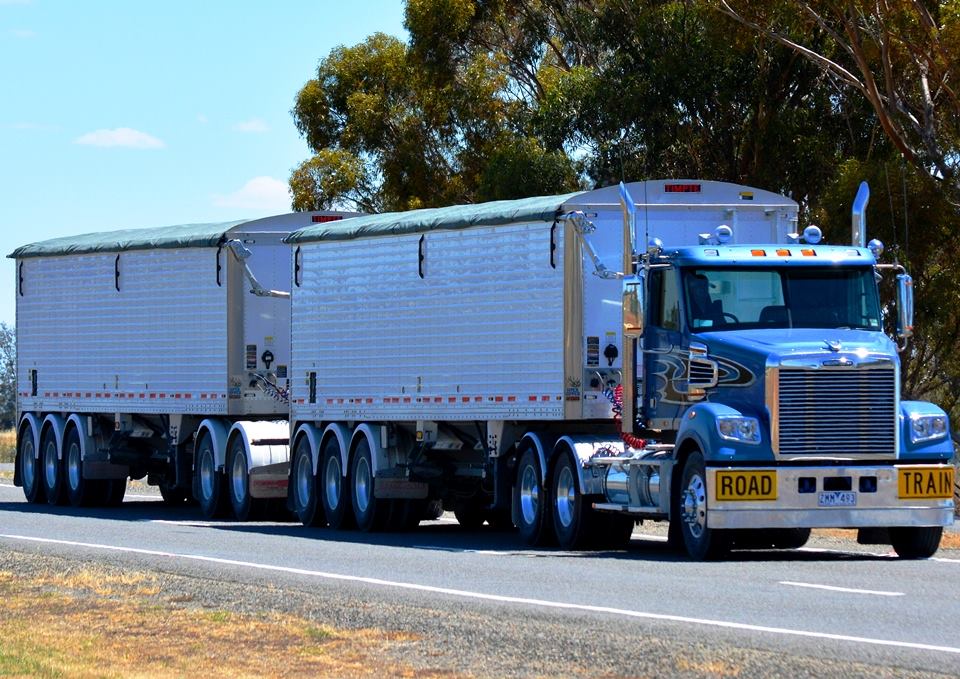With a proposed federal rule requiring the installation and use of speed limiters on all trucks weighing more than 27,000 pounds likely to be published in August, operators and drivers expect significant fallout.
The issue causing concern is that operators and drivers will likely have to comply with a proposed governed speed not yet set but expected by industry experts to be around 65 miles per hour (MPH) sometime in 2018. The final speed will be announced when the rule is declared final – probably sometime shortly after October 2016. The rule is being produced via a joint effort by the Federal Motor Carrier Safety Administration and the National Highway Traffic Safety Administration.
NHTSA and FMCSA began work on the speed limiter mandate following a successful petition from the American Trucking Associations and Roadsafe America with the main goal of reducing traffic fatalities and injuries by lowering the maximum speed trucks can travel. The governed maximum speed level is also expected to mitigate environmental concerns, as trucks will likely use less fuel by complying.

Although some in the industry have questioned the effectiveness of reducing speed as a way to lower safety hazards – maintaining that trucks traveling slower will pose a threat as drivers try to skirt them – the rule seems sure to become a mandate.
With this in mind, operators should begin preparing for the inevitable: Lower speeds will probably result in the need for more trucks and drivers to make the same number of deliveries companies are currently accustomed to making. This is a particularly difficult challenge in the midst of a driver shortage.
Nevertheless, now is a good time to begin assessing the number of vehicles you have, your available drivers and routes – plus your relationship with vendors, with the goal of understanding the possible impact of a slower moving fleet. It’s also a good time to make sure that your fleet is equipped with the correct speed limiter devices. These come preinstalled from the manufacturer, however it’s important to check that they are operational.
Doing all of these assessments now allows you to plan for the fleet you will need to have in place before the mandate takes effect with minimal business disruption.
Having said that, I believe the more effective way to reduce your fleet’s safety incidents is to equip your vehicles with an on board event recorder including a dashboard camera system that can be used for monitoring and coaching safe driving practices in real time. Recent research from the Virginia Tech Transportation Institute showed that safety incidents can be reduced by more than 35 percent by using such systems.